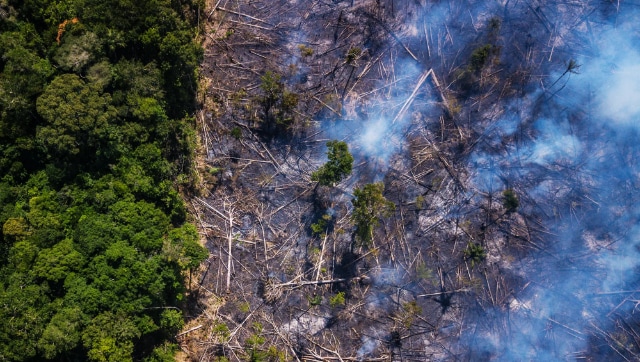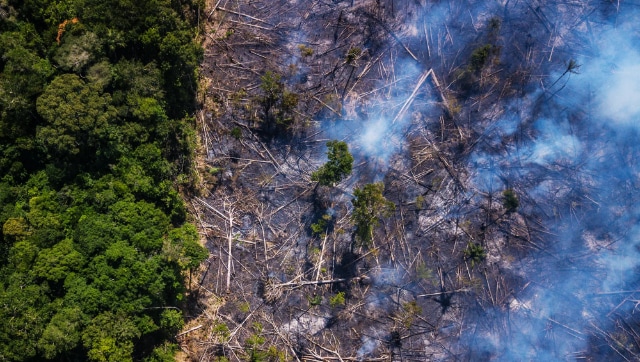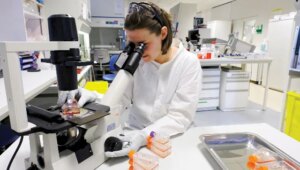
Brazil is facing a lot of challenges in its bid to stop or even slow down the rapid deforestation of the Amazon forest, To help combat the situation, NASA has decided to step in and share feeds from satellites flying over the Amazon forest
NASA Administrator Bill Nelson made a visit to the Brazilian space research centre INPE on Wednesday, where he proposed an extension of satellite partnerships between the United States and Brazil. The primary objective of this collaboration would be to effectively monitor and prevent the destruction of the Amazon rainforest.
During the visit, Nelson announced NASA’s plans to launch a new satellite called NISAR in January, which will be a joint effort with India. This advanced satellite will be capable of capturing detailed images from beneath the forest canopy, enabling authorities to detect signs of undergrowth burning, a practice that poses a threat to the survival of large trees in the rainforest.
The Science Minister of Brazil, Luciana Santos, accompanied Nelson during his tour of INPE headquarters and provided insights into Brazil’s space program. She also highlighted their existing partnership with China, involving the launch of satellites for agricultural and environmental monitoring since 1999.
Related Articles
Presently, Brazil relies on satellite imagery for Amazon monitoring. However, cloud cover often hampers the accuracy and timeliness of these images. Nelson’s visit aims to enhance Brazil’s capabilities by introducing advanced NASA satellites that will significantly improve their understanding of rainforest dynamics.
After meeting with Brazilian President Luiz Inacio Lula da Silva in Brasilia, Nelson expressed gratitude for Brazil’s continuous efforts to preserve the Amazon rainforest.
Drawing from his own experience as an astronaut 37 years ago, Nelson recollected witnessing the destruction of the rainforest through the naked eye, observing distinct colours indicating the damage from his spacecraft window.
Looking forward, NASA’s upcoming satellite launches in early 2023 will greatly enhance its ability to monitor and comprehend the ongoing environmental changes in the Amazon rainforest.
During his South American trip, Nelson also plans to visit Argentina and Colombia, further strengthening international partnerships in space exploration and environmental preservation.












